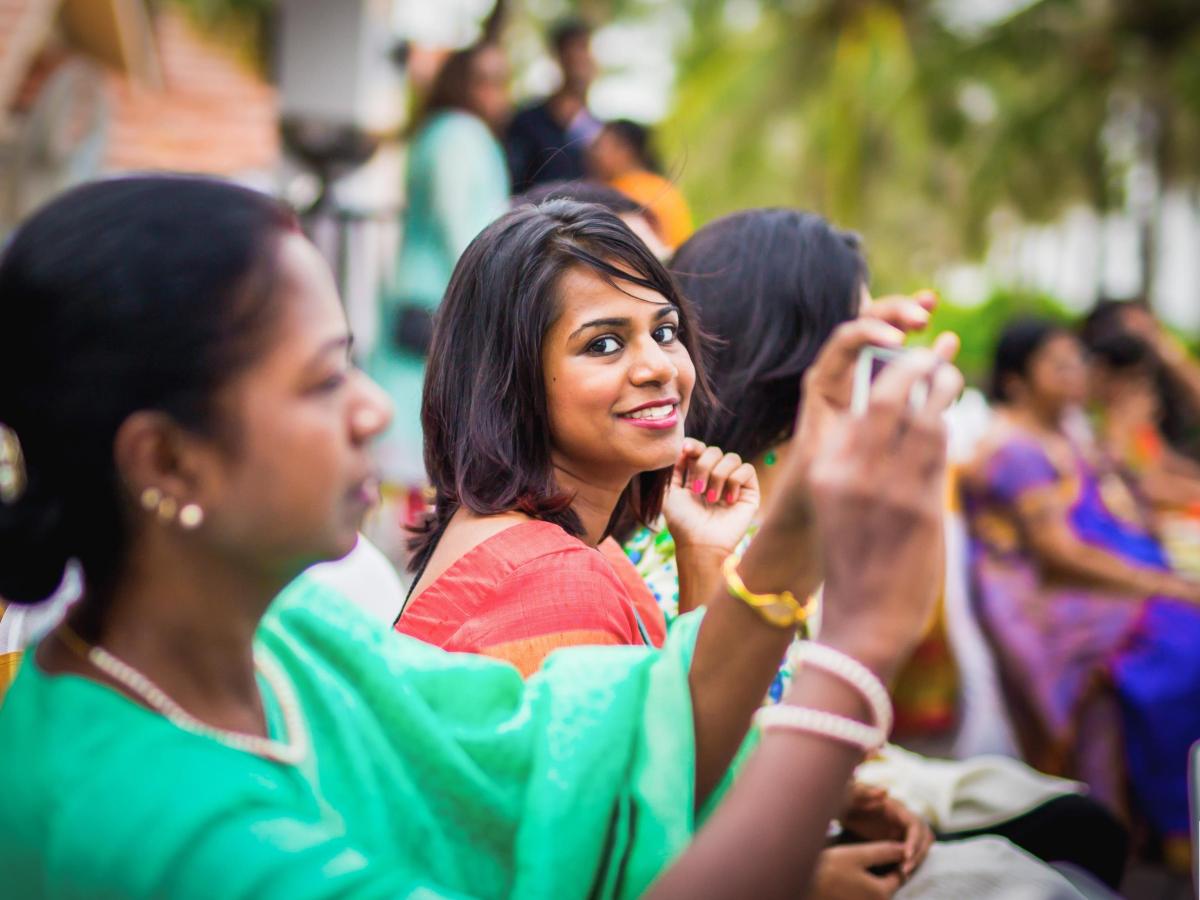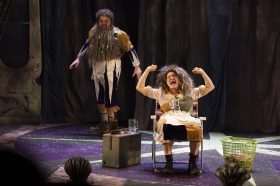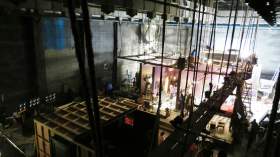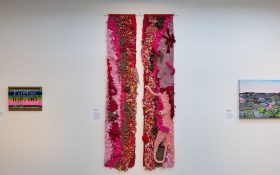Nithya Nagarajan believes in working communities as much as institutions. Photo by Waseem F Ahmed
My experience as a curator and creative producer has been impacted by an issue I navigate every day because of the colour of my skin: Diversity. Some of these sentiments I censor at workplaces and on innumerous diversity panels because I bear the collective burden of speaking for a group.
I don’t believe this invisible labour of representation is fair, but I have had the privilege of being gainfully employed as a curator and creative producer in western contexts. A privilege denied to other curators from my community, many of whom are far more accomplished. There is no denying that curators automatically operate as cultural gatekeepers. And as a cultural gatekeeper, my only commitment has been to throw open the floodgates of elite institutions.
…the artist of colour is culturally conditioned to continually ‘perform’ their ethnicity.
Working in Melbourne, it didn’t take long to register that the mainstream performing arts institutions and platforms all had their top contenders for their favourite ‘other’. This bizarre situation led to a shared exclusion of alternate diverse voices fostered by institutional commitments to retain structural power. Within this framework, the artist of colour is culturally conditioned to continually ‘perform’ their ethnicity.
By repeatedly platforming exoticised representations of lived reality or tales of immigrant nostalgia, institutions are re-aestheticising difference in the only ways they deem palatable. The language of categories such as ‘Multicultural Arts’ and ‘Community Arts and Cultural Development’, however well-intentioned at the outset, pigeonholes the performance practices of People of Colour (POC) in a way that denies nuance.
Like all arts practitioners, artists within these categories also have a verve and variety of practices. They are also at different stages of their careers – emerging, mid-career or established. They also need multi-tiered platforms for market development and multi-lateral engagements for professional development. Above all, they may or may not choose to politicise their identity in the arc of their work – and we must learn to embrace this self-determination. The work is radical simply because it is on our stages – representing us back to ourselves, subverting our narratives and shifting our gaze.
The current models adopted to evaluate work created and presented by POC needs desperate re-visioning. In the Australian arts sector, the advisory bodies, peer review panels and critical platforms make the big decisions on whose work gets funded, where it gets presented, who gets to see it and how it gets talked about, if at all. Unsurprisingly, these congregations are overwhelmingly white, and often severely lacking in cultural competencies when it comes to experiencing and evaluating work made by POC. There is oft talk about building capacities amongst marginalised communities – no doubt a fruitful endeavour – but surprisingly little reflection exists on the need of a relatively elite white sector to upskill itself. The tone-deaf dissonance is real.
This engagement also extends to the syllabus and paradigms of the ivory towers of training and education. Having been through postgraduate study in Australia and having taught at some of its prestigious schools, I am always struck by the lack of critical discourse around intersectionality. Conservatories are training virtuoso performers. Universities are training high-brow intellectuals. These young colonised bodies and minds make up our sector today and will make up our sector tomorrow. Most schools are yet to scratch the surface of affirmative action, let alone inclusion. It doesn’t take longer than a 10-minute conversation with students from these schools – if they identify as Indigenous, Asian-Australian, African-Australian or International, to realise they share parallel experiences of exclusion. I acknowledge that there are some efforts being made, steered by public and private ties such as the New Colombo Plan, but the drivers for such engagement remain economic indicators.
It paints a dire picture. Where I do find hope, however, is in the resilience of creative communities of colour. There are many collectives and companies that operate entrepreneurially – finding means to finance their own platforms and showcase their own work. They are excellent at mobilising safe spaces. But, if the industry makes the short-sighted mistake of seeing these safe spaces as existing outside of its fold – as segregation – it is the sector that stands to lose in the long run. Our institutions face a realtime risk of becoming irrelevant.
As a curator of colour, I frequented these safe spaces. I formed relationships fostered through deep friendships and shared experiences. My database of ‘diverse’ talent was not one Google click away. It took years of care and cultivation, and is certainly not up for grabs. Every curator of colour I know has scoped the field with integrity. We have shown up after work hours, outside of arts precincts and in solidarity with many communities. We have listened with intent, watched with curiosity and silenced ourselves on multiple occasions. Our capacities are built on care and reflection, and occasionally shared experience.
Institutions across Australia have been far more responsive in rhetoric than they have in action. I’m tired of organisations espousing the right values, altering their mission statements and making grand gestures. Ultimately, if they cannot back their words by having both a bottom up and top down approach to diversity across leadership, patronage, partnership and communication channels, putting their money where their mouth is to fund diverse initiatives and committing to structural change – then, frankly, it’s just all talk. Because mere dialogue around diversity automatically anchors whiteness at its epicentre. And I’m done being interested.





